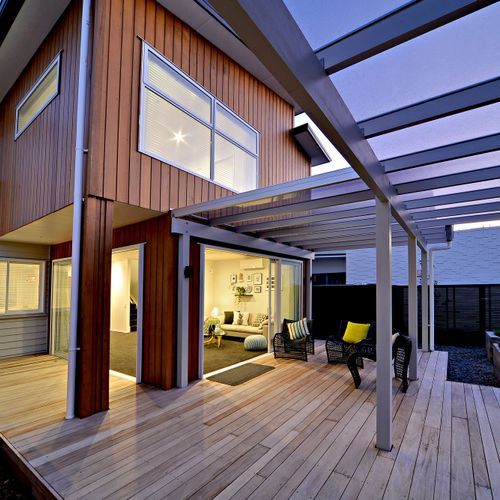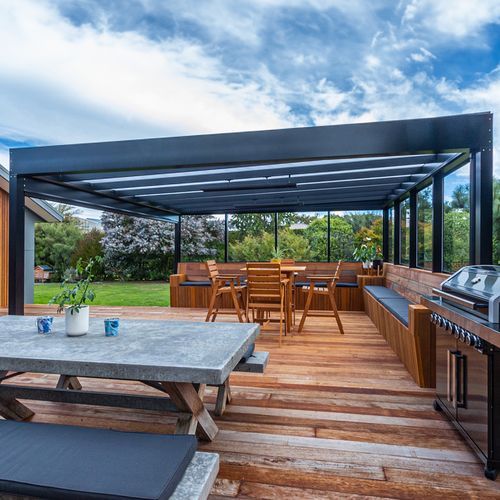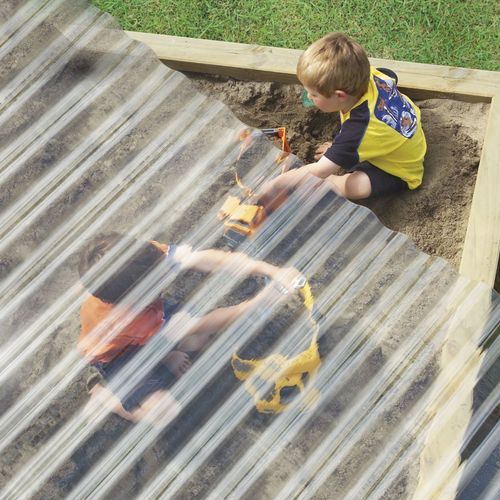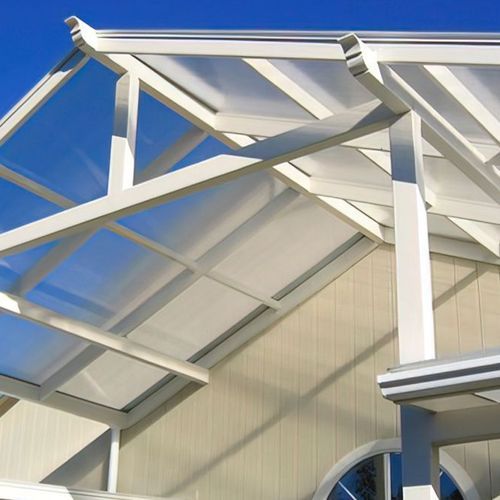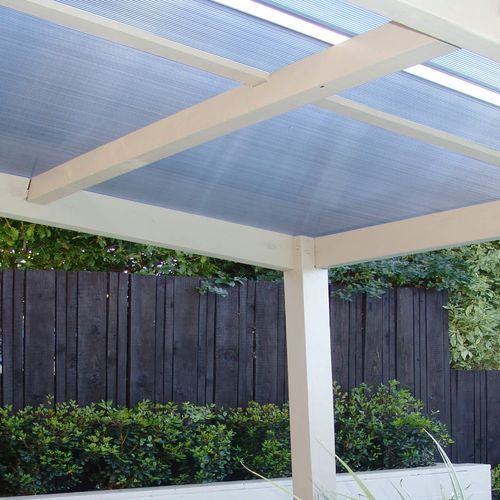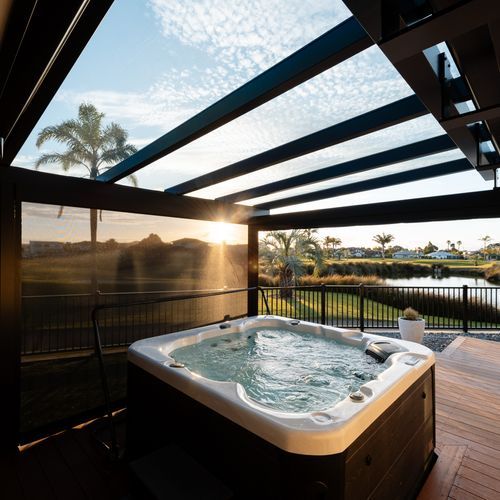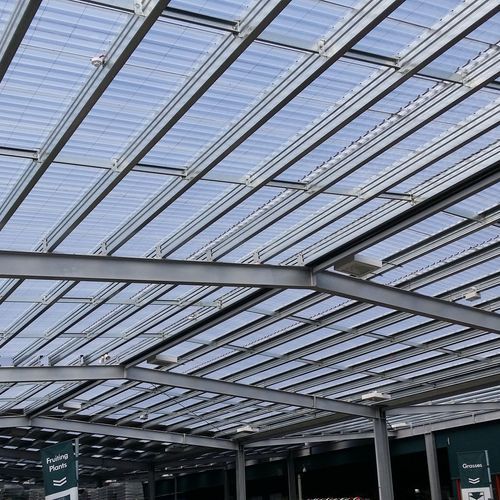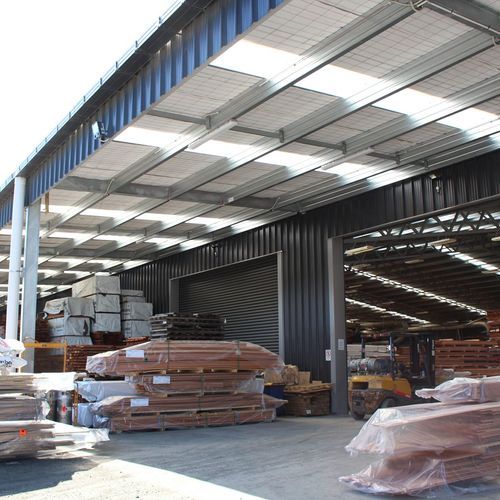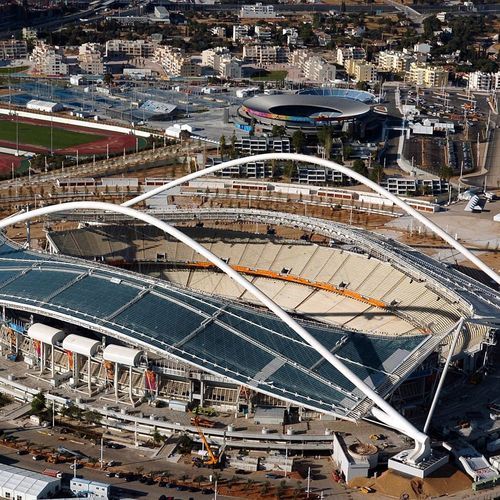Polycarbonate Roofing
- Polycarbonate roofing has been designed for commercial and domestic use and comes complete with sealing systems that facilitate a resilient yet shatterproof light system. It is also easier and quicker to set up than conventional glazing, and it is also available as corrugated plastic roofing. In addition, ArchiPro offers high-quality polycarbonate sheeting and a range of complementary products for a wide range of applications.Why ArchiPro?
No more endless searching -
Everything you need, all in one place.Real projects, real experts -
Work with vetted architects, designers, and suppliers.Designed for New Zealand -
Projects, products, and professionals that meet local standards.From inspiration to reality -
Find your style and connect with the experts behind it.Start your Project
Start you project with a free account to unlock features designed to help you simplify your building project.
Learn MoreBecome a Pro
Showcase your business on ArchiPro and join industry leading brands showcasing their products and expertise.
Learn More